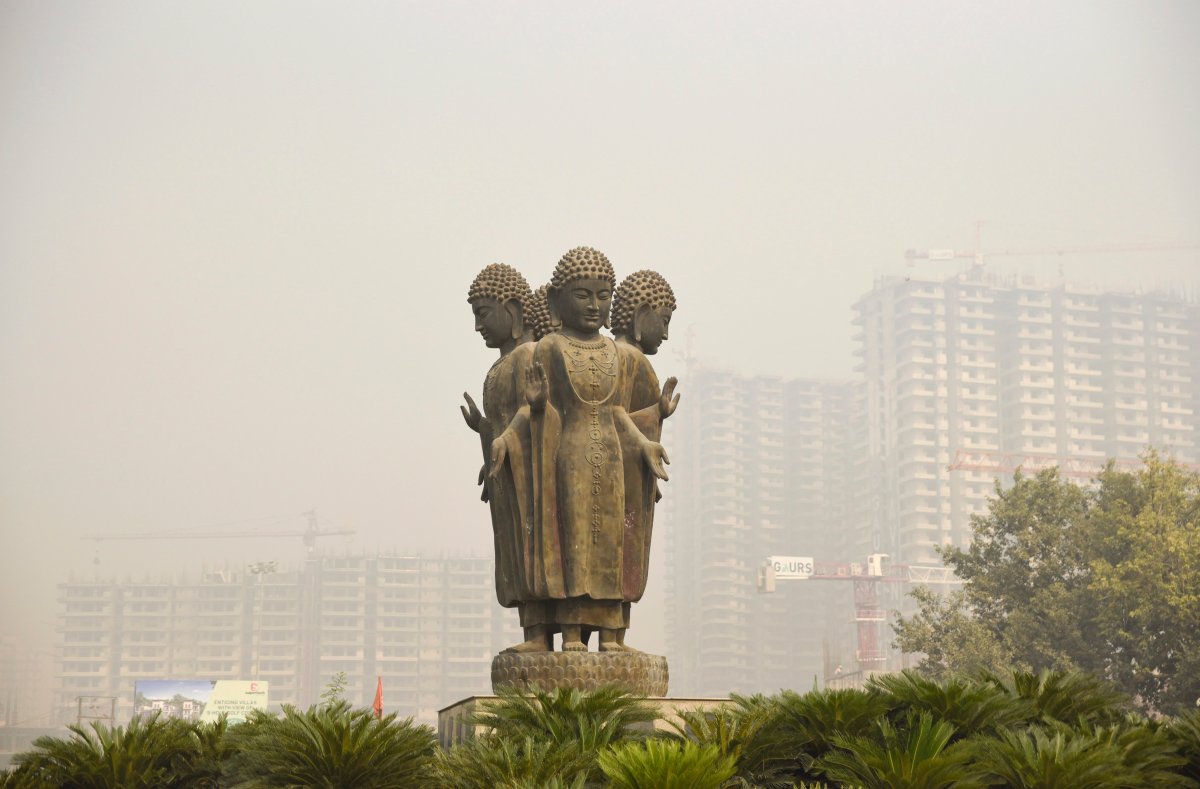The Indian capital of New Delhi has become enveloped in air quality so poor it’s as much as 10 times worse than what’s permissible in the country.

This, as people there prepare to celebrate Diwali, the country’s biggest holiday of the year.
Coverage of air quality on Globalnews.ca:
Air quality readings captured on Tuesday morning local time showed PM2.5 concentrations (a standardized measure of air quality) reaching as high as 419 µg/m³ (micrograms per cubic metre) in the Sheikh Sarai area of New Delhi.
That’s over 10 times higher than 40 µg/m³, which is the “prescribed permissible standard” for air quality in India, according to a report by the Public Health Foundation of India and the Centre for Environmental Health.
Smoggy conditions are fairly common after monsoon season but the air quality has steadily grown worse in recent years, with the Delhi High Court noting in 2015 that, “it seems we are living in a gas chamber,” the Indian Express newspaper reported.
Numerous factors cause the pollution: emissions from driving and farming are contributors, as is construction dust, according to Bloomberg.
However, the air worsens later in the year thanks to crop stubble burning, which farmers carry out in order to prepare their fields for winter.
READ MORE: The Taj Mahal is turning yellow and green due to heavy air pollution
Farmers don’t have to burn it — they could use harvesting machines that cost as much as $675.
Many say they can’t afford such equipment. The government has tried to stop the burning but has had little success, Elizabeth Chatterjee, a Queen Mary University of London political science professor, told ABC News.
Upcoming Diwali celebrations had some activists concerned about the use of fireworks and firecrackers, a regular feature of the holiday.
India’s Supreme Court has restricted firecrackers to between the hours of 8 p.m. and 10 p.m. on Nov. 7, the Associated Press reported.
Firecracker production and sales have been restricted to varieties that don’t pollute as much.

















Comments